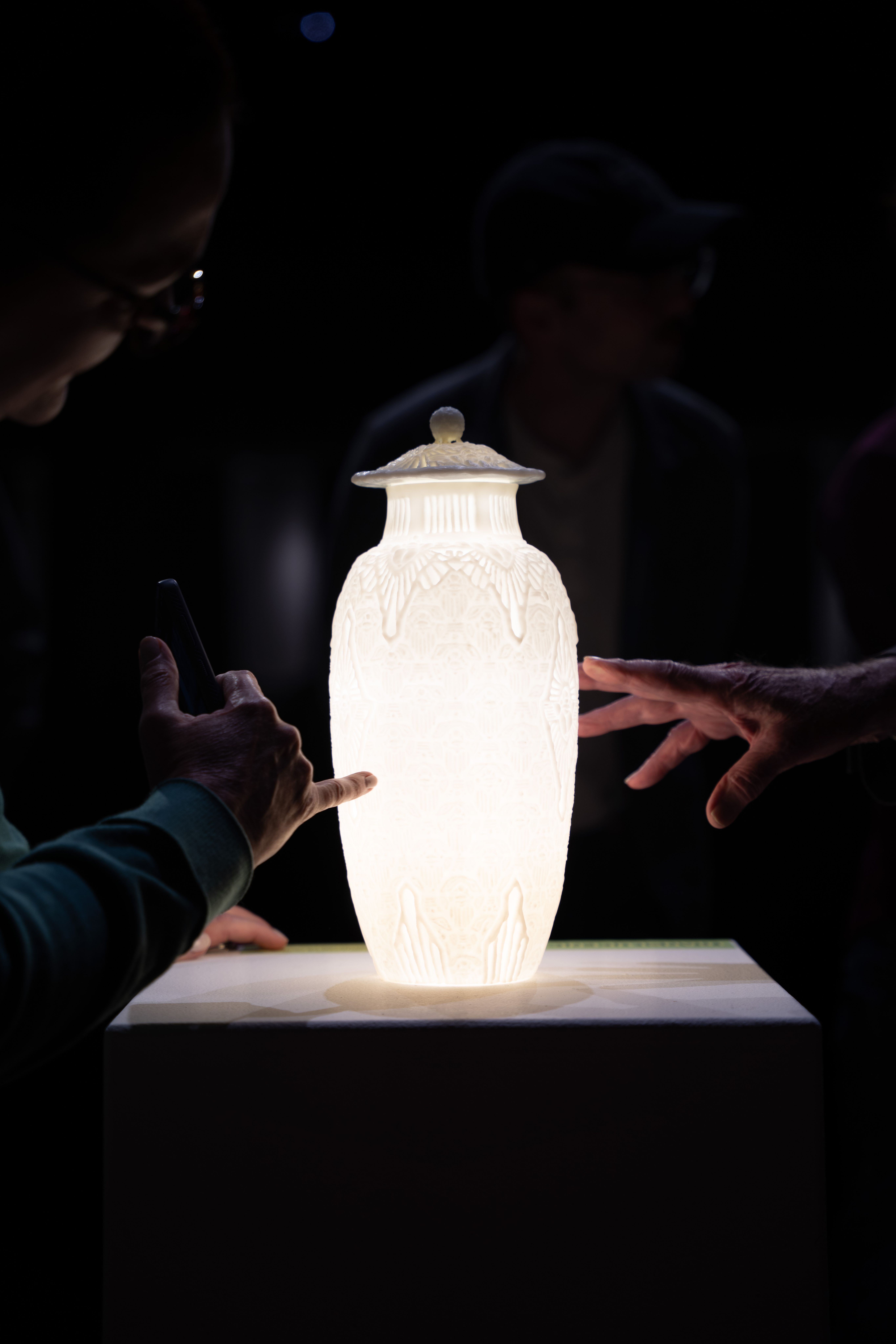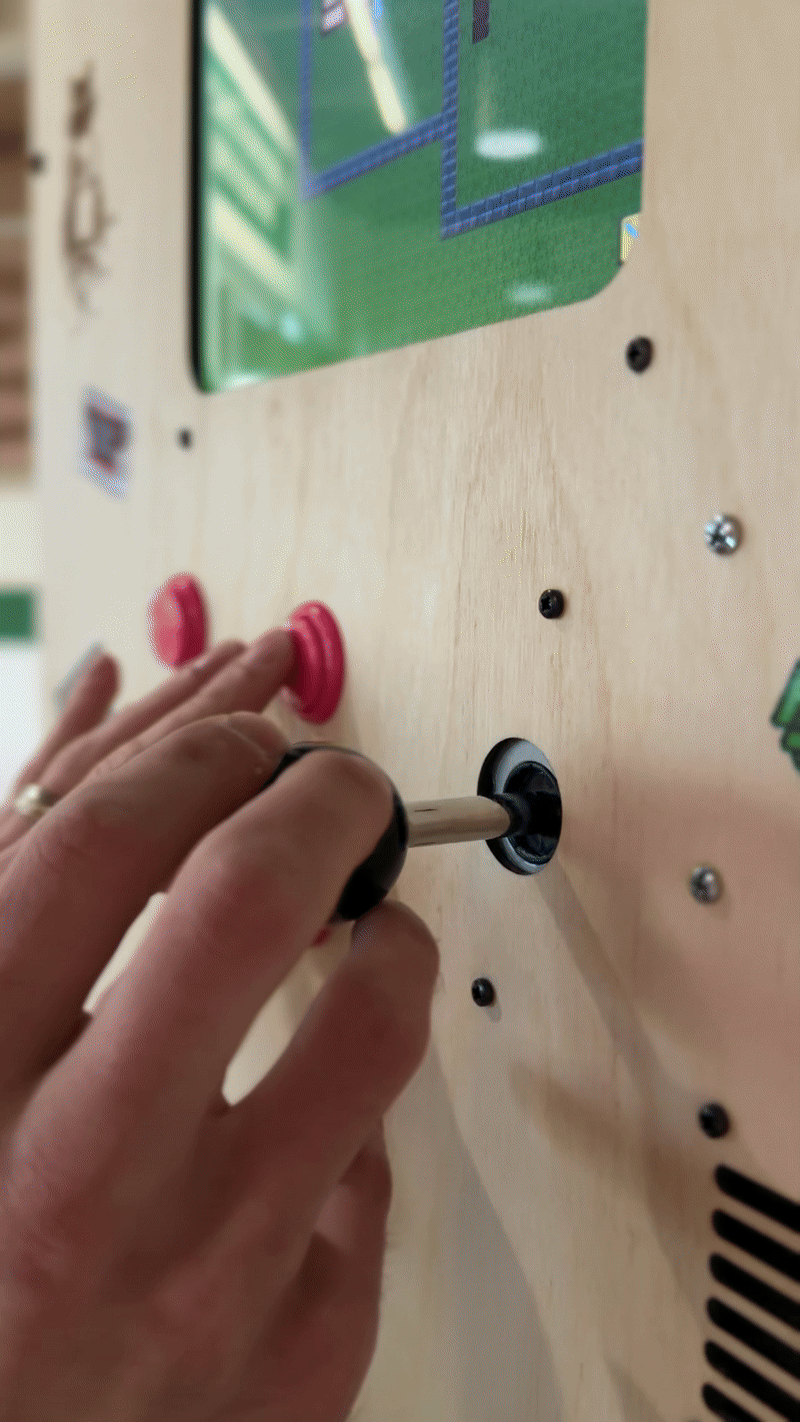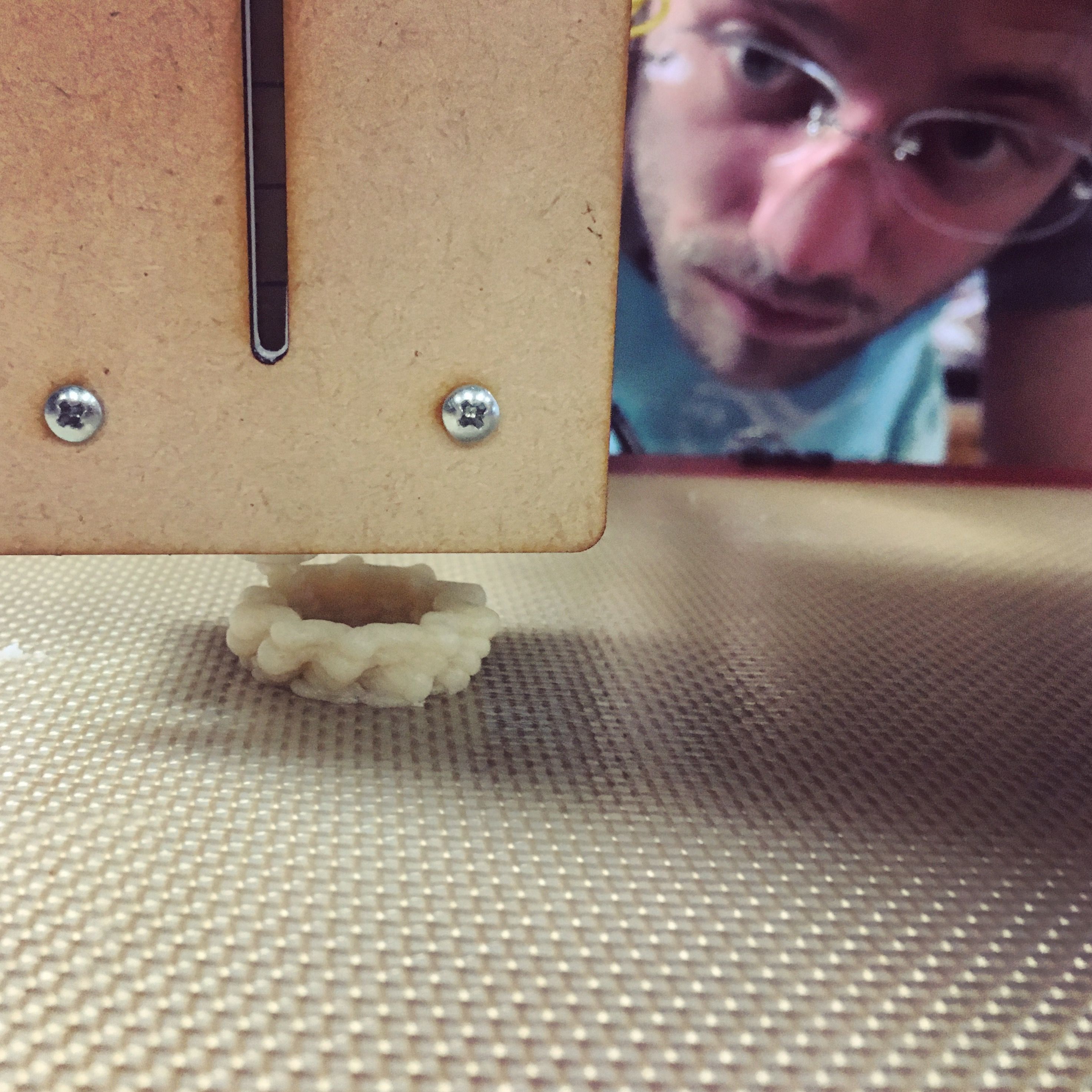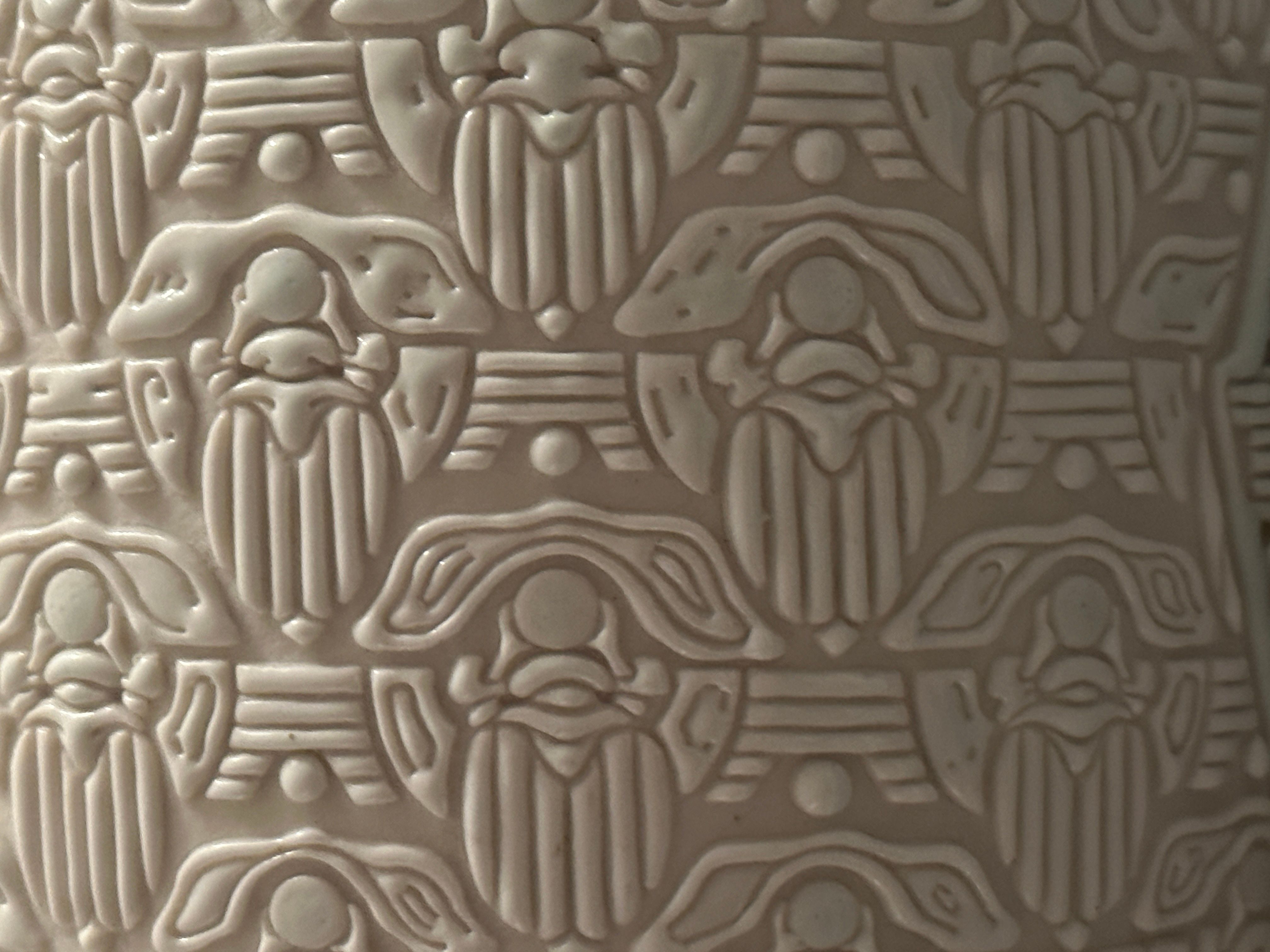
Build unexpected questions by combining unrelated elements
Drag two disciplines together and see what emerges
Click any two disciplines to discover what emerges at their intersection:
Select two disciplines above...
Draw with virtual materials and watch them behave
Click each material to discover how its constraints shaped our process:
Melts at 30°C
We printed horizontally in a cold room. The constraint forced us to rethink the entire process—and discover new forms only possible with food.
→ 3D Printed ChocolateLayers visible, takes time
Instead of hiding layer lines, we embraced them as texture. Speed became an aesthetic choice, not a limitation.
→ Rapid PrototypingReflects light, breaks scanners
We scanned in complete darkness with special lighting. The "impossible" surface became our specialty.
→ Museum DigitizationDries out, clogs nozzles
Every failure taught us about hydration and timing. The material demanded we slow down and observe.
→ Food Printing ResearchEach constraint became a teacher. What seemed like limitations revealed new possibilities.
Flip a constraint and discover creative solutions
Click the card to flip your thinking:
Every constraint contains a clue to its solution. The limitation points to what needs to change.

The question is the project.

Click or drag disciplines into the circles. Watch what emerges where they overlap.
Innovation lives in the overlap.

Make to learn. Don't just plan.


The constraint is the solution.
A method tells you what to do. Principles tell you how to be.